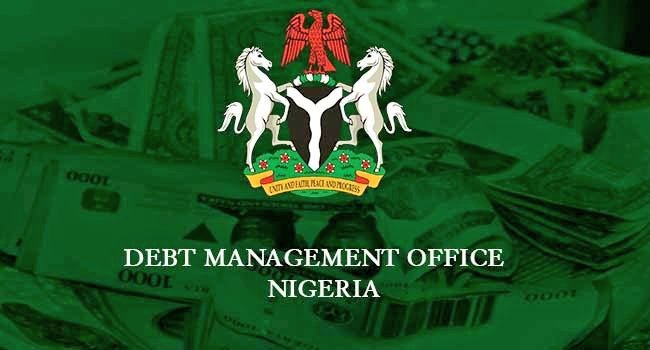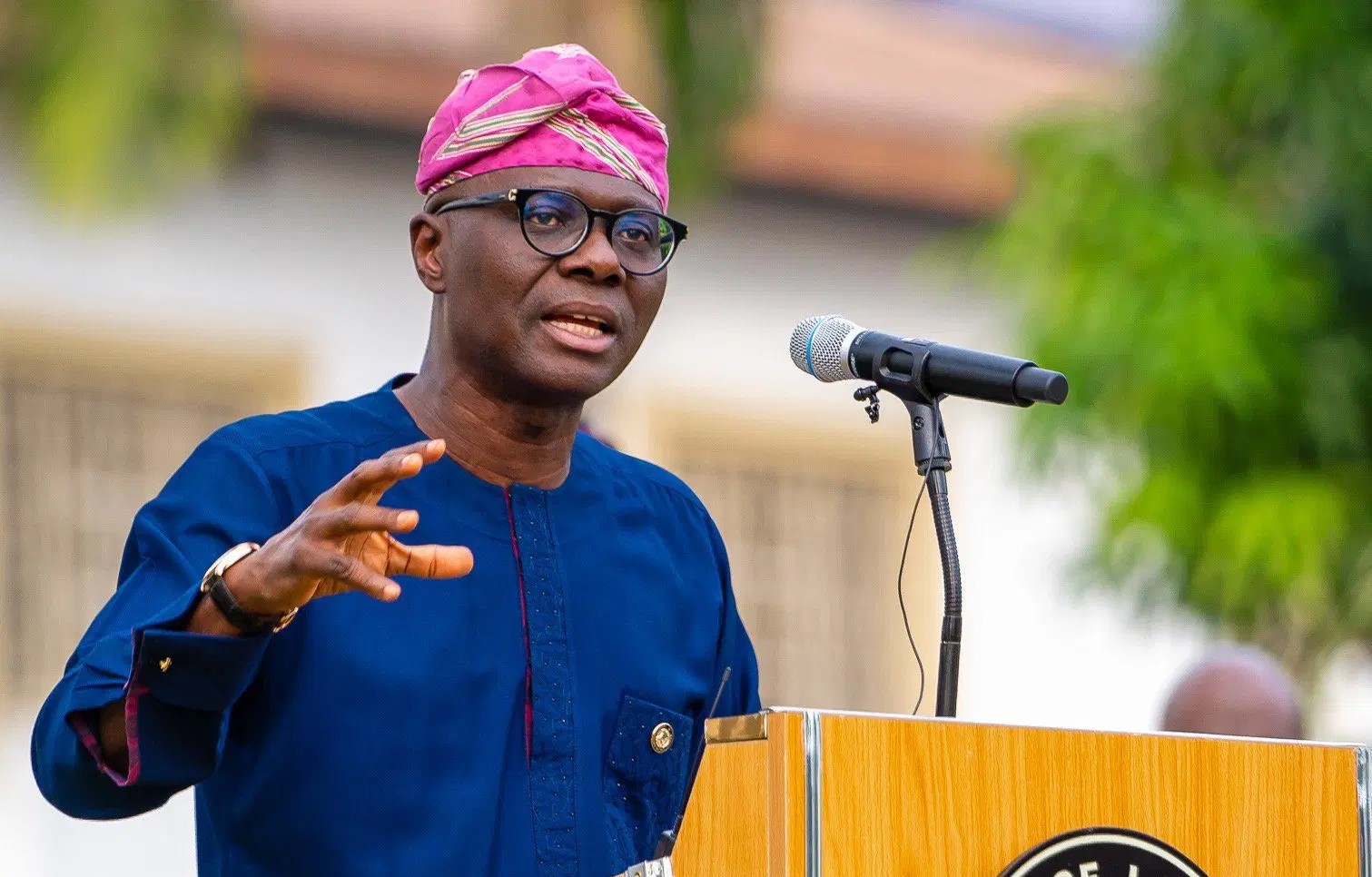Nigeria’s total public debt surged to ₦144.67 trillion ($94.23 billion) as of December 31, 2024. This marks an alarming 48.58% increase from ₦97.34 trillion ($108.23 billion) recorded at the end of December 2023.
The Debt Management Office (DMO) disclosed this information in its latest report, which was released on Friday.
The DMO’s report provides an extensive breakdown of the country’s debt profile, showing that the rise in public debt was largely driven by both domestic and external borrowing.
Quarterly Debt Rise
On a quarterly basis, Nigeria’s public debt grew by ₦2.35 trillion, representing a 1.65% rise from the ₦142.32 trillion ($88.89 billion) recorded at the end of September 2024. “This increase in public debt was driven by both external and domestic debt components,” the DMO stated in its report.
From September to December 2024, external debt rose by ₦1.4 trillion, moving from ₦68.89 trillion ($43.03 billion) to ₦70.29 trillion ($45.78 billion) by the end of December. The external debt increase was a combination of new foreign loans and the further depreciation of the Nigerian naira, which made dollar-denominated debt more expensive in naira terms.
On the other hand, Nigeria’s domestic debt rose slightly by ₦1 trillion, from ₦73.43 trillion ($45.87 billion) to ₦74.38 trillion ($48.44 billion) by the end of December 2024.
External vs. Domestic Debt: Which Is Growing Faster?
Breaking down the public debt, as of December 2024, external debt accounted for 48.59% of Nigeria’s total debt, while domestic debt made up 51.41%. This represents a relatively balanced debt structure.
However, the sharp rise in external debt is notable and points to an increasing reliance on foreign borrowing to cover Nigeria’s budget gaps.
External debt rose by a massive 83.89% from ₦38.22 trillion ($42.50 billion) in December 2023 to ₦70.29 trillion ($45.78 billion) in December 2024. “This sharp rise in external debt was primarily driven by the country’s new foreign borrowings and the weakening of the naira,” the DMO explained.
As the naira continued to depreciate, the cost of servicing foreign debt has been rising, further exacerbating the financial strain on Nigeria’s economy.
Meanwhile, domestic debt increased by 25.77% from ₦59.12 trillion ($65.73 billion) in December 2023 to ₦74.38 trillion ($48.44 billion) by the end of December 2024. The Federal Government’s domestic debt accounted for a large chunk of the increase, growing by 32.19% from ₦53.26 trillion to ₦70.41 trillion.
External Debt Breakdown: Who Owes What?
Interestingly, while the Federal Government’s domestic debt increased significantly, the debt owed by states and the Federal Capital Territory (FCT) saw a decline. The debt owed by these subnational governments fell by 32.27%, from ₦5.86 trillion to ₦3.97 trillion. This decline may indicate a more cautious approach by some state governments in managing their finances.
Breaking down Nigeria’s external debt further, the Federal Government held ₦62.92 trillion ($40.98 billion) of the total external debt, while the states and the FCT were responsible for ₦7.37 trillion ($4.80 billion).
On the domestic front, the Federal Government’s domestic debt accounted for ₦70.41 trillion ($45.86 billion), while states and the FCT were responsible for ₦3.97 trillion ($2.58 billion).
The growing reliance on external debt is concerning, especially when considering the challenges Nigeria faces with servicing these loans in the face of ongoing naira depreciation. With global financial conditions remaining uncertain, any further weakening of the naira could make external debt even more expensive for Nigeria.
A Closer Look at the Economic Implications
The continued rise in Nigeria’s public debt will have significant implications for the country’s fiscal policy and economic development. “If the naira keeps depreciating, the cost of servicing foreign debt could rise even further, placing more strain on the country’s finances,” said an economist familiar with Nigeria’s debt management policies.
The increasing debt burden also raises concerns about the country’s ability to meet its debt obligations in the future. “The government may have to allocate a larger portion of its revenue to debt servicing, leaving less for critical sectors like health, education, and infrastructure,” analysts warned.
Like 👍, Comment, share this article, and Follow us on our social media handles.







